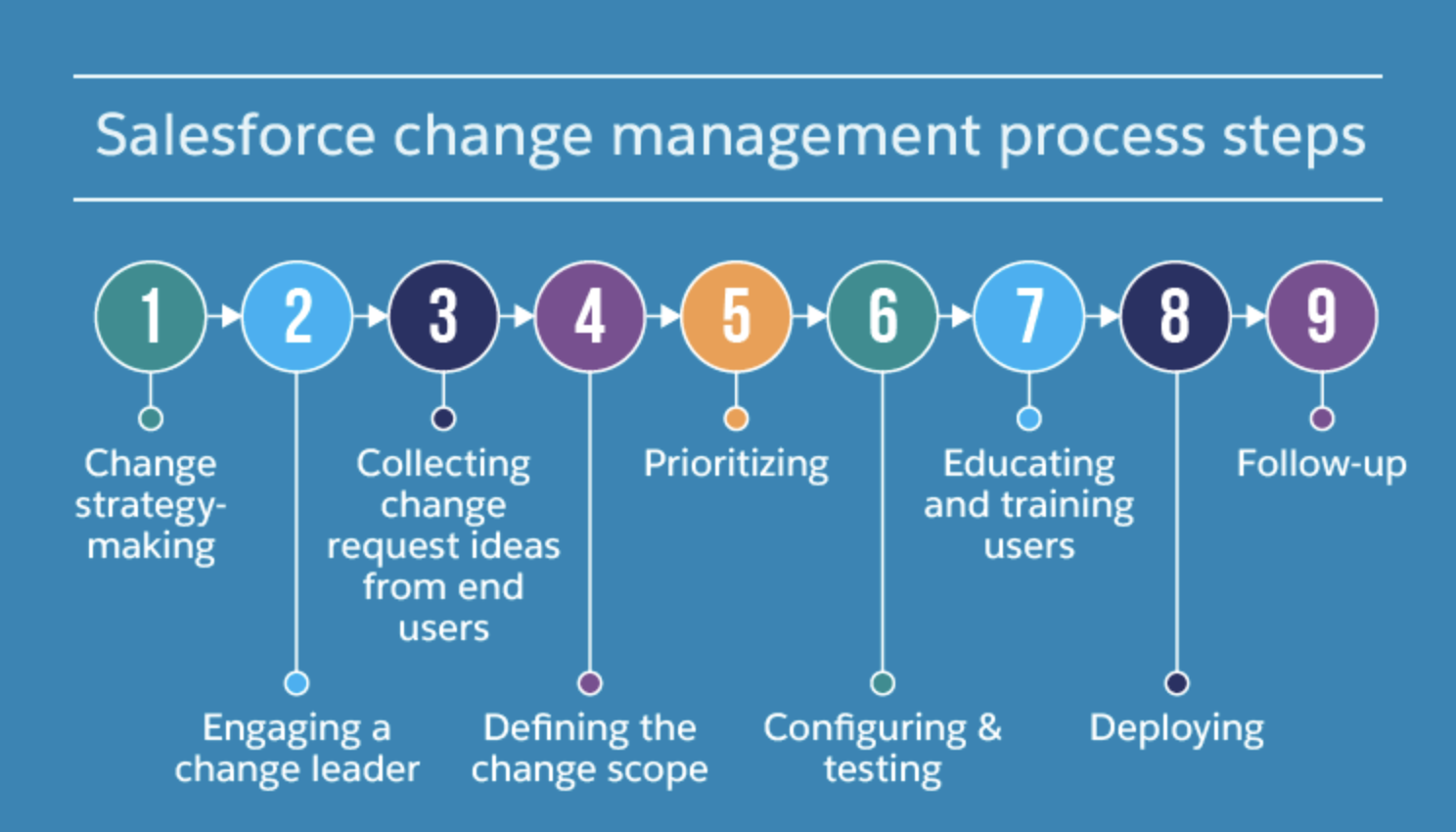Successful mobility plans are not only a technological challenge It is also a challenge that Human Resources must solve through Change Management. Many companies are trying to act quickly to meet the mobility challenge, but many of them are having difficulty with change.
This slow pace of technological development and deployment has led many human resources managers to rethink their mobility plans.
While technology is an absolute priority, we believe it could bridge this gap; IT managers must think more like agile product managers.
The mobility challenge is a complex set of issues that encompasses new work behaviors that employees must adopt, new technologies and processes that they must learn, but also new ways of managing people and their mobility within a company.
The adoption of new measures can provoke various reactions within a company. For example, employees who regularly use new technologies will adapt quickly to the use of applications. However, they can just as quickly turn against these same measures if they are deployed incompetently or if they do not add value to their work, or even if they reduce their personal freedom in favor of the common good. In addition, most millennials will have no problem quickly adopting this change of practice. No group will be immune to this process.

Your employees are accustomed to choosing from a wide range of applications to improve connectivity, communication, interaction and productivity. But mobility is not just about downloading applications!
HR managers must take into account 4 mobility considerations
Mobility is about collaboration, not just technology. From a change management perspective, you are moving from old but obsolete tools to new tools that improve collaboration. However, you must still ensure that employees have received adequate training to use this technology responsibly.
Mobility will change many of your underlying business processes. This means that you will create new employee roles, while eliminating some and expanding others. You will also need to consider new operating and governance models to address collaboration, real-time data and processes, and flexible work protocols. You should also consider that mobility in the form of collaboration tools facilitates real-time contact with anyone in the company for help in solving a problem. This means that you need to rethink what "team" means when the boundaries of a team have been extended to an entire company.
you must deploy your mobility plan in such a way as to facilitate the changes your employees are going through. Your plan should be structured to help employees succeed in a collaborative environment. Without well thought-out strategic planning that results in a clear framework in terms of mobility policy, no technological solution can work satisfactorily".
Mobility transforms traditional ways of leading change initiatives in any type of organization. Instead of radical transformations, mobility will pave the way for a new model of progressive change, based on successes and lessons learned from mistakes.

To determine the extent and nature of the changes that employees in various roles will have to absorb. For a first-hand experience, look for ways to apply mobility to your own department's activities, for example, by transforming the annual employee job satisfaction survey into an application that takes the organization's pulse more frequently. Butterfly.ai is a perfect example of an engagement tool to promote conversation with employees and obtain targeted information for their managers.
These leaders can help you regularly assess the relevance of processes and policies and determine their impact on employee engagement. Consider developing incentives that encourage employees to suggest ideas and provide feedback. If you can easily find thousands of years for this kind of project, don't forget to always include all generations.
For those who need help, use your change ambassadors to help them identify learning gaps and facilitate team learning and sharing. Take advantage of the ease of transportation to allow employees to track their own performance and accountability, and to help all employees become more productive.
The current decade will be marked by the move towards more intelligent/multimodal/efficient/efficient/pleasant or other mobility. This change will focus less on the technology itself than on creating new social and business environments made possible by the technology.
And, as we see on a daily basis, mobile technology is changing and evolving exponentially. These two facts make it the responsibility of human resources experts - HR - to facilitate this transition and ensure its success.